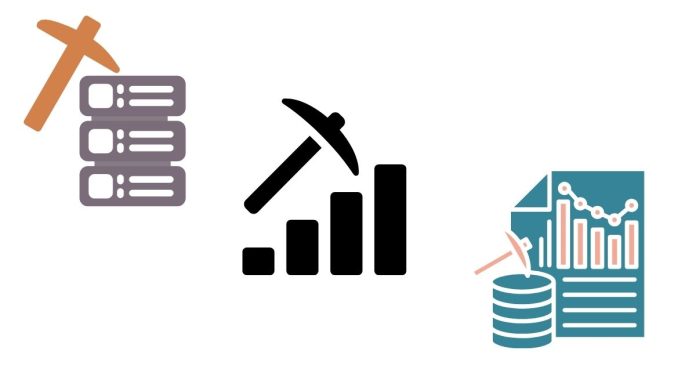Data mining is a critical process in the field of data science, enabling businesses to extract valuable insights and patterns from large datasets. One of the most widely adopted methodologies for approaching data mining is the CRISP-DM model, an acronym that stands for Cross-Industry Standard Process for Data Mining. This methodology offers a structured and iterative approach to solving data mining problems across different industries.
Overview of CRISP-DM
Developed in the late 1990s by a consortium of companies, CRISP-DM was designed to provide a universal framework for performing data mining tasks. It is a flexible and non-proprietary model that allows organizations to apply data mining techniques to solve real-world problems, regardless of the industry they operate in. The model consists of six key phases that guide the data mining process from start to finish:
1. Business Understanding
The first step in the CRISP-DM process is to understand the business objectives and the goals of the data mining project. This involves identifying the problem that needs to be solved and how data mining can help achieve business objectives. The business understanding phase lays the foundation for the entire project, ensuring that the data mining efforts align with organizational priorities and deliver tangible value.
2. Data Understanding
Once the business problem is clearly defined, the next phase is to gather and explore the relevant data. This involves collecting raw data from various sources and then analyzing it to identify any initial patterns or trends. During this phase, data quality issues may also be discovered, and it may be necessary to perform data cleansing to ensure that the dataset is suitable for further analysis.
3. Data Preparation
Data preparation is one of the most time-consuming phases of the CRISP-DM process. In this phase, the data is transformed, cleaned, and structured into a format suitable for analysis. This may involve tasks such as handling missing values, normalizing data, feature selection, and transforming variables. The goal is to prepare the data in a way that enables accurate and efficient modeling.
4. Modeling
With clean and prepared data, the next step is to apply various data mining techniques to build predictive or descriptive models. In this phase, data scientists select appropriate modeling algorithms based on the problem at hand, such as classification, regression, clustering, or association. Multiple models may be built and tested to find the best fit for the dataset and the business objectives.
5. Evaluation
After the models have been built, it is essential to evaluate their performance. This phase involves assessing how well the models meet the business objectives defined in the first phase. Key metrics, such as accuracy, precision, recall, and F1 score, are used to evaluate the model’s performance. If the models do not meet expectations, the process may loop back to previous stages, such as data preparation or modeling, for further refinement.
6. Deployment
The final phase in the CRISP-DM process is deployment, where the results of the data mining project are put into action. This could involve integrating the model into business operations, such as using a predictive model to forecast sales or implementing a recommendation system. In some cases, deployment might involve creating reports, dashboards, or visualizations for decision-makers. In more complex scenarios, the model could be deployed in a production environment to run on an ongoing basis.
Advantages of CRISP-DM
- Flexibility: CRISP-DM is not industry-specific, making it applicable across various sectors like healthcare, finance, marketing, and more.
- Iterative Process: The iterative nature of CRISP-DM allows for continuous improvement of models and better results over time.
- Clear Structure: The clear and defined phases of CRISP-DM provide data scientists with a systematic approach, ensuring no steps are missed during the data mining process.
Conclusion
The CRISP-DM methodology is a tried-and-tested framework that provides a structured approach to data mining, ensuring that businesses can extract actionable insights from their data. By following the six phases—business understanding, data understanding, data preparation, modeling, evaluation, and deployment—organizations can make data-driven decisions that drive growth and innovation. Whether you’re just starting with data mining or are looking to refine your approach, CRISP-DM remains one of the most valuable models to follow in the field.


